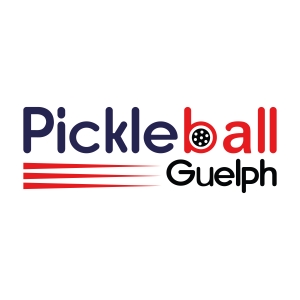Pickleball Paddles
Choosing the best pickleball paddle depends on your skill level, playing style, and personal preferences. Here's a straightforward guide to help you make a good choice:
Know the Key Factors:
1. Weight (Light, Medium, Heavy)
- Light (7.0–7.5 oz): More control, quicker at the net, less power.
- Medium (7.6–8.4 oz): Balanced control and power – great for most players.
- Heavy (8.5+ oz): More power, less control, can strain your arm over time.
2. Grip Size
- Small hands: 4"–4.25"
- Medium hands: 4.25"–4.5"
- Large hands: 4.5"+
TIP: If you're in between sizes, go smaller. You can always add an overgrip.
3. Material
- Face:
- Composite: Great mix of power and control.
- Graphite/Carbon Fiber: Lightweight, responsive feel.
- Fiberglass: More power, a bit less control.
- Core:
- Polymer (most common): Quiet, durable, balanced.
- Nomex: Hard, loud, powerful.
- Aluminum: Light, more control, less power.
Consider Your Play Style
Style |
Best Paddle Traits |
Control player |
|
Power hitter |
|
All-around |
|
Spin-focused |
|
Try Before You Buy (if possible)
- Many local clubs or stores let you demo paddles.
- Try different weights and grips – how it feels matters more than specs.
Check for USAPA Approval
If you plan to play in tournaments, make sure it’s USAPA approved. This will be listed in the paddle’s specs.
Budget Range
- Beginner: $40–$80 (e.g., Selkirk Latitude, Onix Z5)
- Intermediate: $80–$150 (e.g., Head Radical Elite, Engage Encore)
- Advanced: $150–$250 (e.g., Joola Ben Johns Hyperion, CRBN paddles)
When looking to purchase a pickleball paddle there are several videos available on You Tube that compare different paddles and their pros and cons.

